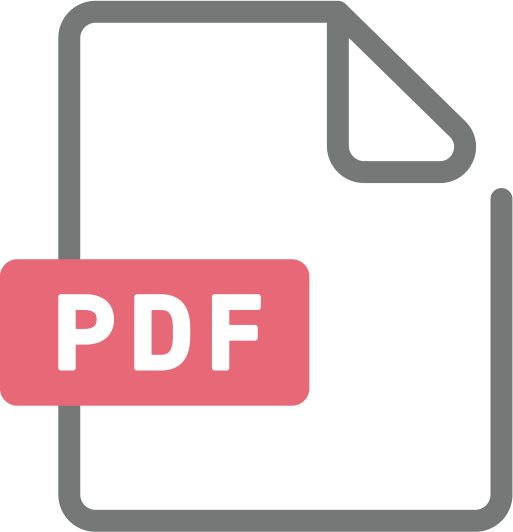Why are Firms that Export Cleaner? International Trade, Abatement and Environmental Emissions
This paper proposes a detailed mechanism for why exporting rms may have a lower emission intensity when emissions are subject to an environmental tax. This mechanism of our model is supported by Swedish rm-level data. Our mechanism runs through rms' endogenous investments in abatement. Firms' abatement investments depend on their production volumes, since a larger scale allows them to spread the xed costs of abatement investment across more units. Production volumes increase in rm productivity and, as a consequence, rms' emission intensity is negatively related to rm productivity. Exporting also leads to higher production volumes and thereby to a lower emission intensity. Thus, trade has an eect on emissions independently of rm productivity. Trade therefore leads to higher but cleaner production. The overall eect of trade on emissions is neutral in our model. Trade liberalization does not aect aggregate emissions in our benchmark case of symmetric countries.


